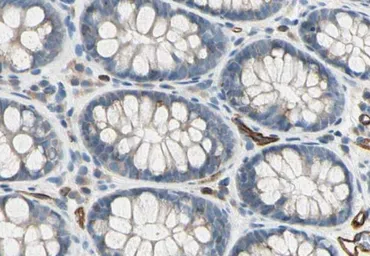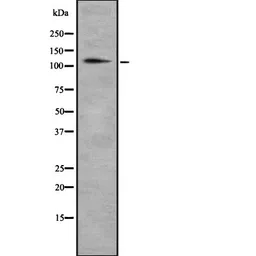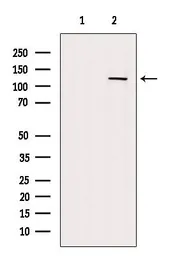CD93 antibody
Cat. No. GTX03674
Cat. No. GTX03674
-
HostRabbit
-
ClonalityPolyclonal
-
IsotypeIgG
-
ApplicationsWB IHC-P
-
ReactivityHuman


